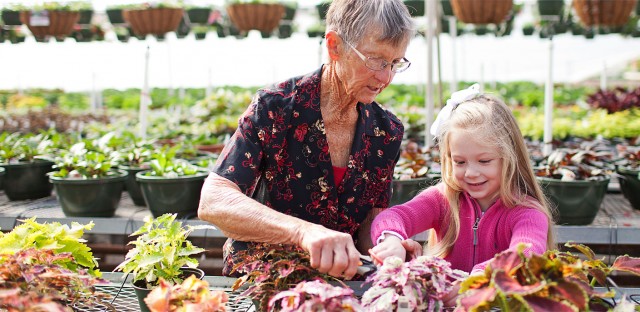The Perfect Terrarium
Terrarium Time
Did you know that terrariums were discovered by accident out of necessity and sustainability? In 1827, a London physician named Dr. Nathaniel Ward was becoming increasingly frustrated by the death of his fern plants that were being polluted by the fumes from the nearby factories. While studying the hatching of a cocoon in a container, he noticed that tiny plants had begun to grow in the soil at the bottom of the jar. Dr. Ward concluded that his ferns could thrive if they were protected from the polluted London air. Soon, Dr. Ward began marketing his “miniature greenhouses” as Wardian cases to the rich and poor alike. Botanists and horticulturalists were now able to study samples of sensitive, tropical plants from across the world.
A terrarium can be created in any type of glass container that can hold plants that thrive under moist conditions. The top of the glass container should be enclosed or covered with transparent material. Examples of terrarium structures are a bottle garden, fish tanks, plant window, goldfish bowl, or even a large glass mixing bowl. By being completely enclosed, access to outside air is either strictly limited or nonexistent. As a result, the air inside the container is always more moist than the room temperature. Therefore a wide range of beautiful and delicate houseplants can be grown in your terrarium.
How to start:
- Pick your terrarium structure and make sure it is clean and dry.
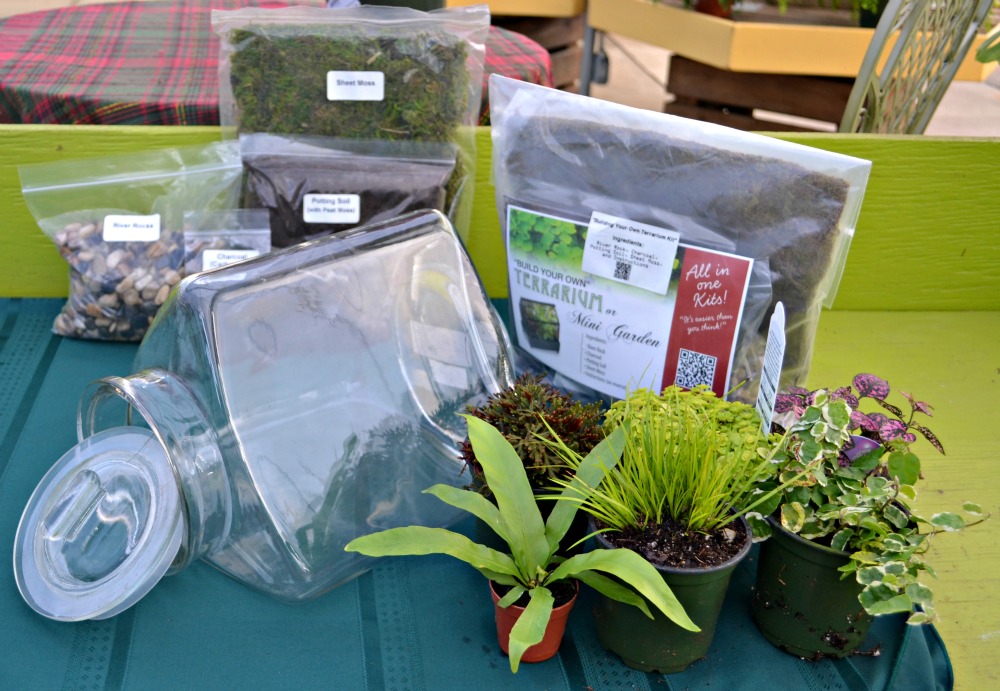
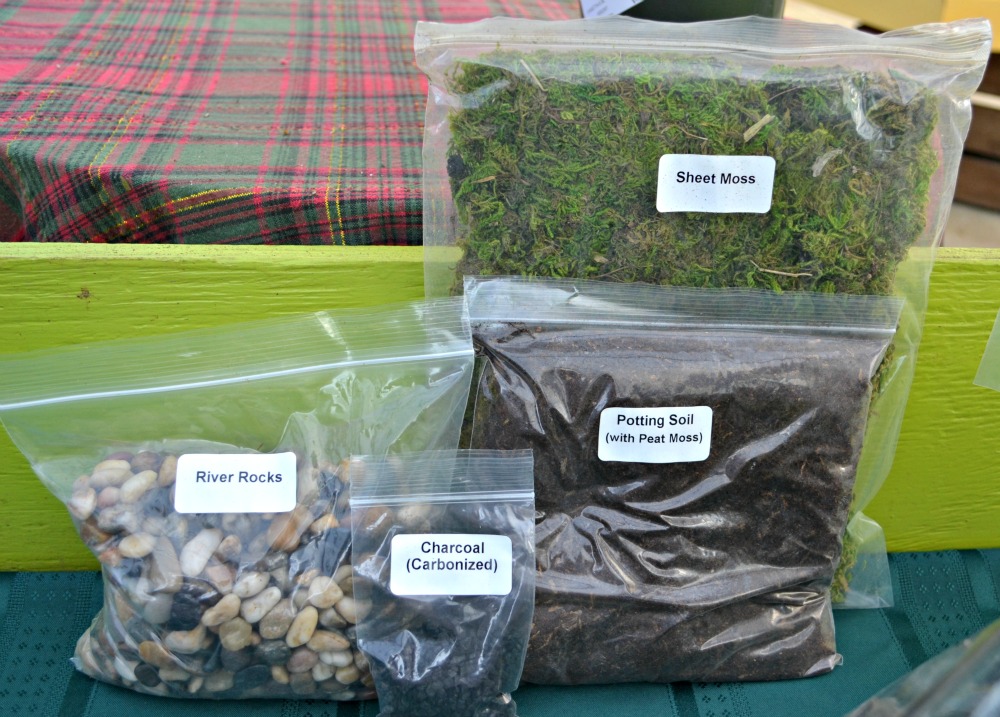
- Pour 1-2 inches of pea gravel into the container for the first layer.
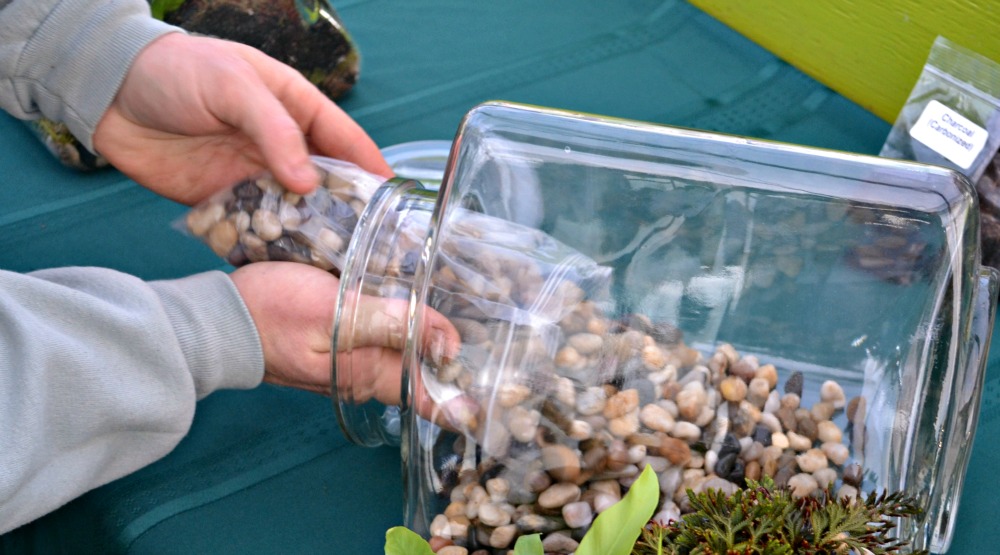
- Add 1/4 inch thin layer of charcoal – this will help absorb excess moisture.
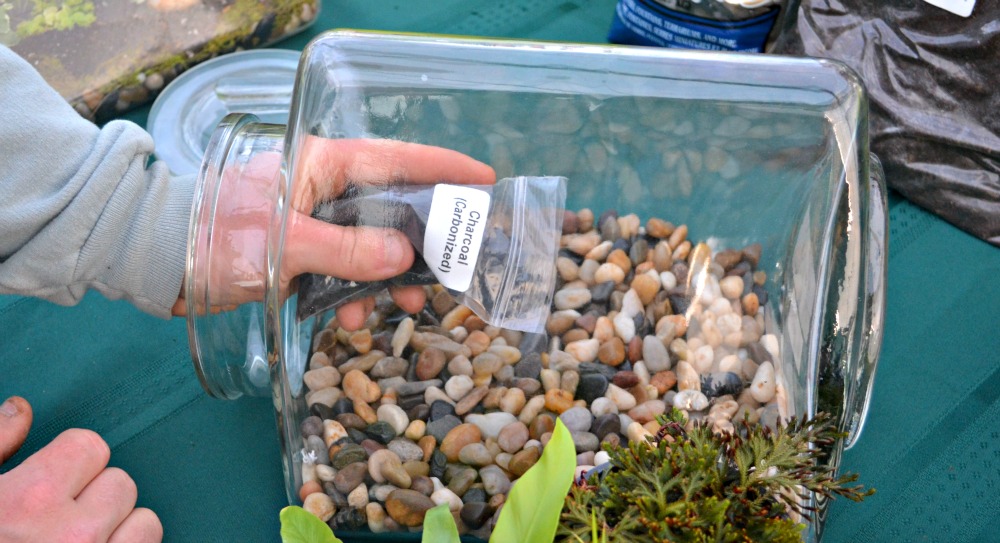
- Add a thick layer of seed and cutting compost. The thickness of dirt will depend upon the size of you terrarium structure. Make sure you have enough dirt to cover the root ball of all the plants.
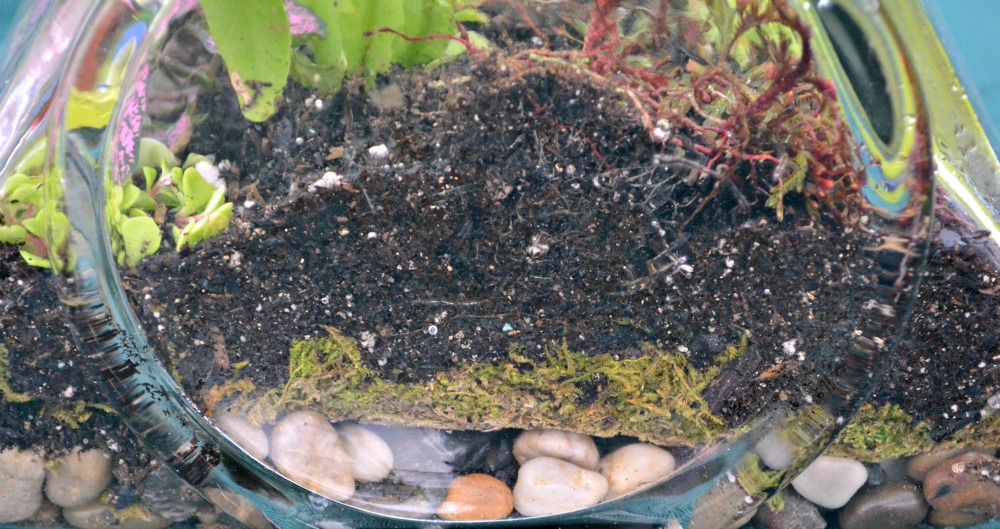
- For added interest you can add attractive rocks, seashells, marbles, small statues, etc.
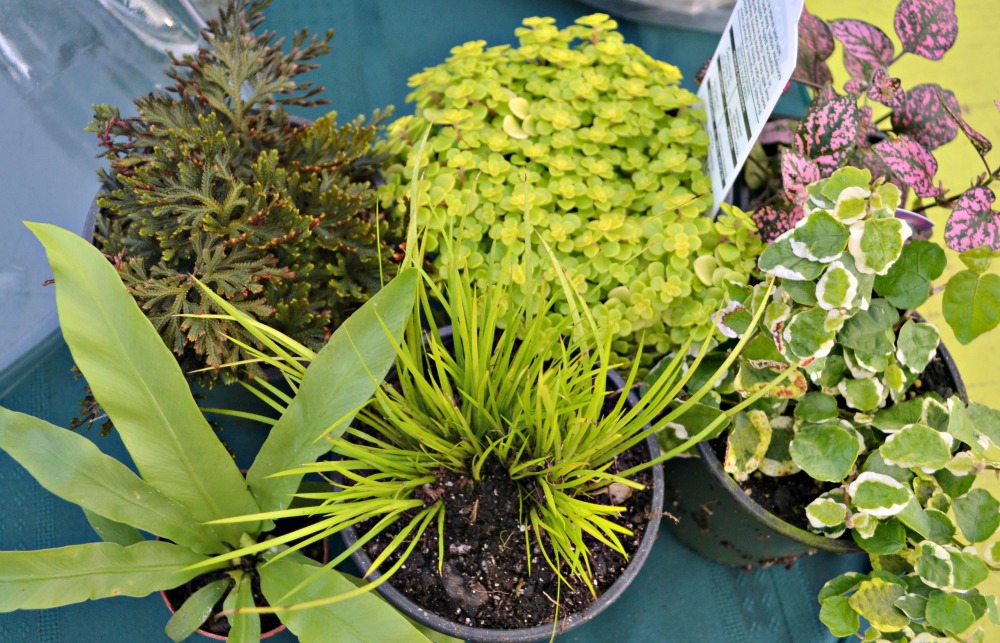
- Now introduce the plants!
Plants that will thrive in a terrarium environment:
|
|
|
How to provide care:
Most terrariums will do best in bright light. Do not expose to direct sun unless you are using orchids or bromeliads! Watering is very simple. use a long-necked watering can and allow a gentle stream of water to flow against the glass. Use very little water – just enough to clean the glass and moisten the surface. Do not fertilizer – over time the potting medium can be refreshed by scraping off the top layer and adding fresh soil. This will add just a small amount of nutrients. Insert the stopper or transparent cover. If the glass clouds over, remove the cover until the condensation disappears.
We have kits available that have everything you need to create the perfect terrarium.
Enjoy your new terrarium, and as always we are happy to help get you started or answer any other questions you may have here at Fairview Garden Center.

